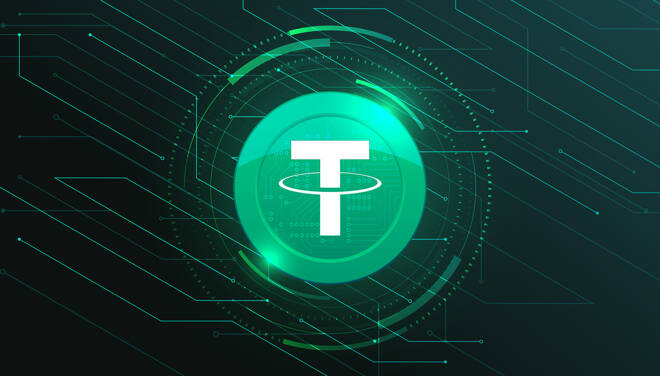Advertisement
Advertisement
Tether’s Report Shows More Reserves Than Liabilities
By:
Tether Holdings Limited also disclosed in its quarterly assurance opinion report a decrease of 21% in its commercial paper holdings over the last quarter.
Key Insights:
- Tether Holdings Limited showed transparency regarding its reserves in its report
- USDT is the largest stablecoin by market capitalization
- In February, U.S. regulators discussed the topic of stablecoins
The stablecoin issuer has been under regulatory radar over the past years. Since Tether Holdings Limited paid in February 2021 an $18.5 million fine to the State of New York, the Attorney General of the State of New York required a quarterly report of their reserves.
According to Tether’s quarterly assurance opinion report, the attestation was supervised by Cayman Islands-based Accountants MHA Cayman, it shows a very detailed description of Tether’s reserves until December 31st, 2021.
Tether (USDT) is a stablecoin, where each coin is backed by $1, in order to reduce its volatility, and the price always remains at $1. USDT is the largest stablecoin with $79.45 billion in market capitalization, according to CoinMarketCap.
Other stablecoins like USD Coin (USDC) and TerraUSD (UST) ranked second and third with market capitalizations of $52.76 billion and $12.28 billion, respectively.
About Tether’s Assurance Opinion Report
The report stated that “the group’s consolidated assets exceed its consolidated liabilities”. As of December 31st of 2021, $78.67 billion were consolidated assets, compared to $78.53 billion liabilities.
The statement also showed that there was a decrease of 21% of the commercial paper holdings since their last quarter report, from $30.59 billion to $24.16 billion. Tether Holdings Limited also decreased the amount of cash and bank deposits from $7.23 billion to $4.18 billion.
Tether Holdings Limited increased its money market funds and treasury bills from $999.9 million and $19.43 billion to $3 billion and $34.52 billion respectively, since its latest quarterly report.
Tether’s CTO Paolo Ardoino commented:
“We are committed to serving the fast-growing cryptocurrency market as the strongest stable asset in the Web3 economy. The utility of Tether has grown beyond being just a tool for quickly moving in and out of trading positions, and so, it is mission critical for us to scale alongside the peer-to-peer and payments markets.”
In February, U.S. Regulators Are Focusing on Stablecoins
This month. U.S. regulators have been hosting hearings surrounding stablecoins. On February 8, the U.S. House Committee on Financial Services held a hearing where the U.S. Treasury representative Jean Nellie Liang defined stablecoins as “bank-like products as well as an investment-like product”.
On February 15, the U.S. Senate also held a hearing, where Sherrod Brown, chairman of the Senate Committee on Banking, Housing and Urban Affairs, commented that companies should dig deeper in stablecoins, especially because they are backed by real dollars that make them “stable”.
With a quarterly report of Tether Holdings Limited’s reserves, the backing of stablecoins will likely become more transparent and allow for more control.
Stablecoins being discussed by regulators means that they are paying attention because nowadays it’s not a small issue to ignore.
Hopefully, in the future, investors will have more regulatory clarity as to how to use these types of crypto.
About the Author
Ricardo Rivasauthor
Ricardo is a Venezuelan engineer and technology enthusiast, who discovered the world of blockchain and cryptocurrencies in 2016. Since that time onwards, he has been working as a blockchain and crypto freelancer consultant, he also worked in the crypto mining industry, and acquired knowledge in different blockchains.
Did you find this article useful?
Latest news and analysis
Advertisement
